Suggestions for 36" range ventilation
Melissa
3 years ago
Featured Answer
Sort by:Oldest
Comments (20)
Melissa
3 years agoRelated Discussions
36 inch gas range suggestion please
Comments (1)There are several options that are all related. Smeg, Bertazzoni, Fisher Paykel and Verona are all built in northern italy and will share many features and even some components. I happen to like the Smeg since it is 6 burners and the door feels a little heavier on our floor model. They will cook pretty well, but many of the burners are on the small side. The burners also use a Thermocouple, meaning you will have to hold the knob in for 1-3 seconds when you light it to make sure the thermocouple hits temperature. Otherwise the valve will close and you will have to start over! The over budget choice would be the Capital MCR366. That unit should come in around $3999 and it is a Pro range (all large burners, infrared broiler, etc). Depending on where you are located you may be able to get a discount on it as well....See MoreRange Hood suggestion for Bluestar RNB366BV1 36" range.
Comments (1)How many CFM do you need? What is your budget? A liner will definitely save you $$...See MoreLooking for 36" gas range suggestions
Comments (1)You need to figure out what you want from a range . I loved my Viking but now I have a Beertazzoni in this house that I love. I run a catering biz from home and needed a wok burner and 5 other burners one more high BTU so that is what I looked for. You will get many answers and still no help , go to a good appliance store and talk to good sales person who actually cooks. BTW a real commercial type gas range will not have self clean oven...See MoreVentilation on island for 36" range
Comments (10)The only island hood I will recommend is mine, as that is the only one I have ever owned. The type of hood I would recommend on physical principles is one that emulates as far as practical in a residential hood the capture and containment principles -- exhaustively addressed in many threads in this forum -- of commercial hoods. Hoods that deviate greatly from commercial features will tend to be inefficient at best, and inadequate at worst. On the subject of ceiling hoods: Commercial ceiling venting generally encompasses the entire ceiling due to cooking plume expansion with rise, and draft disturbances of the plumes as they rise and lose momentum. A system such as the OP illustrates should be doubled, at a minimum, to have adequate overlap. Further, adequate flow rate through the slots versus a real baffle array may be noisy. And we have mentioned several times the issues of cleaning at the ceiling height. Commercial setups use intense UV or other grease destruction methods to avoid having to routinely clean an entire ceiling plenum. HEYDAL image....See MoreMelissa
3 years agoShannon_WI
3 years agoMelissa
3 years agoopaone
3 years agoKelly Stutts
3 years agoopaone
3 years agolast modified: 3 years agokaseki
3 years agoMelissa
3 years agoopaone
3 years agoMelissa
3 years agokaseki
3 years agoMelissa
3 years agoKelly Stutts
3 years agolast modified: 3 years agokaseki
3 years agoopaone
3 years agolast modified: 3 years agoKelly Stutts
3 years agolast modified: 3 years ago
Related Stories

5 Stunning Modern Range Hoods
Today's kitchen range hoods can look like sleek sculptures. Here's what to look for when you go shopping for one
Full Story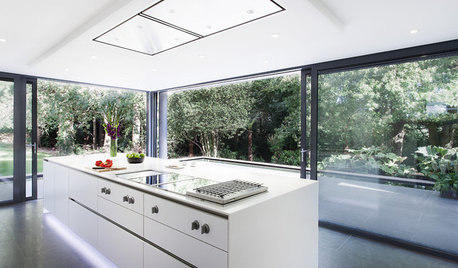
KITCHEN APPLIANCESDisappearing Range Hoods: A New Trend?
Concealed exhaust fans cut visual clutter in the kitchen
Full Story
KITCHEN DESIGNHow to Find the Right Range for Your Kitchen
Range style is mostly a matter of personal taste. This full course of possibilities can help you find the right appliance to match yours
Full Story
KITCHEN APPLIANCESWhat to Consider When Adding a Range Hood
Get to know the types, styles and why you may want to skip a hood altogether
Full Story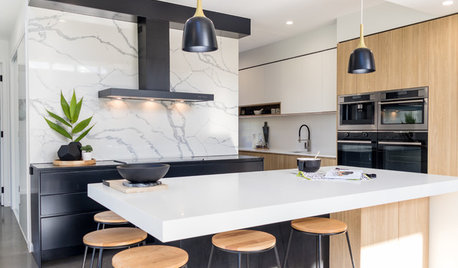
KITCHEN DESIGNHow to Get Your Range Hood Right
Get a handle on the technical specs, and then learn about fun design options for creating a beautiful kitchen feature
Full Story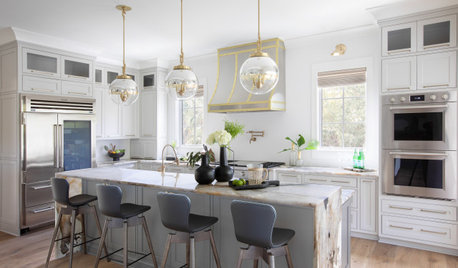
KITCHEN DESIGNDesigner Tips for Range Hoods, Appliances and Lighting
Learn how to get your microwave height just right, what kind of bar stool will be most comfortable and more
Full Story
HOUSEKEEPINGHow to Clean Your Range and Oven
Experts serve up advice on caring for these kitchen appliances, which work extra hard during the holidays
Full Story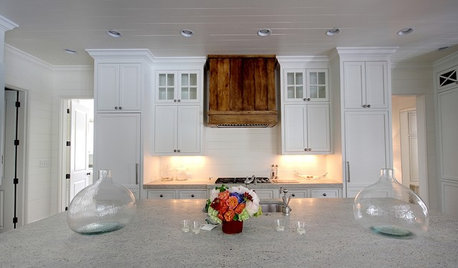
KITCHEN DESIGNWood Range Hoods Naturally Fit Kitchen Style
Bring warmth and beauty into the heart of your home with a range hood crafted from nature's bounty
Full Story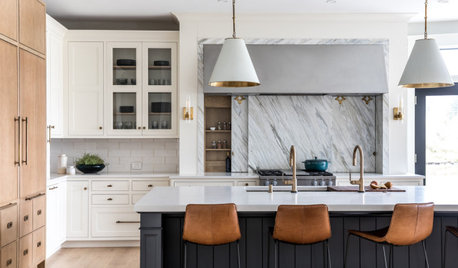
TRENDING NOW36 Home Design Trends Ready for Takeoff in 2021
Bye-bye, 2020! Here are the materials, colors and ideas we think will give a fresh, hopeful start to the new year
Full Story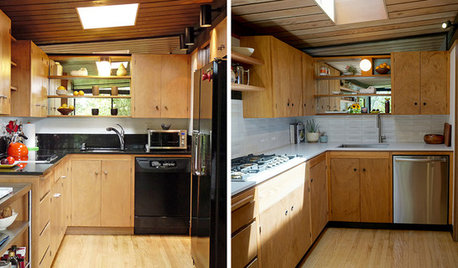
BEFORE AND AFTERSReader Kitchen: More Space in San Francisco for $36,000
Adding cabinets and swapping out appliances help improve the function of this California kitchen
Full Story


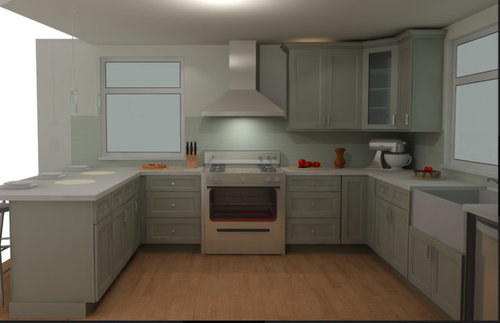
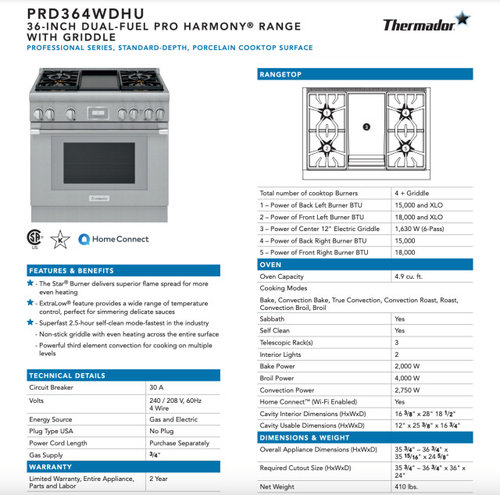
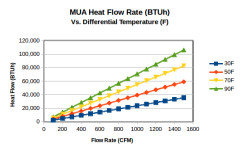

kaseki